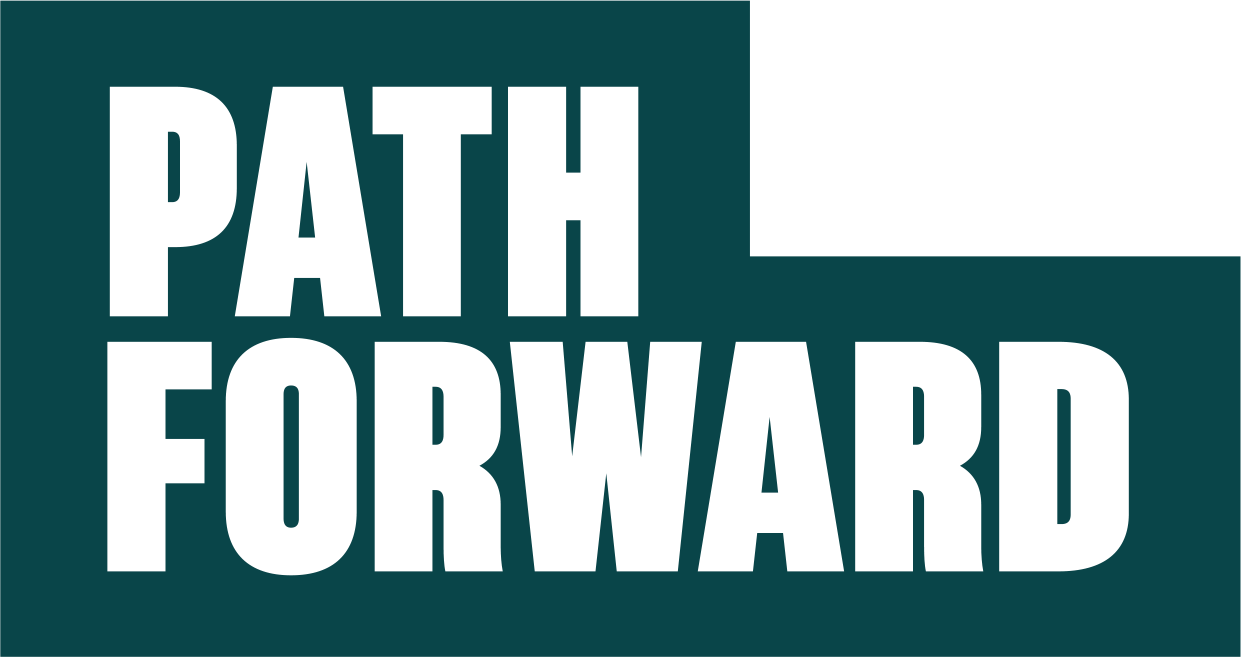The Humanizing Qualities of the Virtual Workplace
There are legitimate concerns about the loss of human connection in this increasingly virtual world. When we’re videoconferencing, we’re looking at two-dimensional representations of 3-dimensional human beings. We’re looking at pixels instead of flesh and blood.But my business partner Sarah pointed out to me this week that there’s a humanizing element to all of these virtual meetings as well. I agree with her.During this lockdown, while we’re looking at small square images on the screen, we are often seeing people at home rather than in the office. There’s a connection – an intimacy if you will – that comes from that little glimpse into the person’s “other” life.Maybe we learn a little from the pictures on their walls or the unexpected interruption from their young child. Perhaps it’s the smile we see when the person we’re conferencing with is handed a sandwich or a cup of coffee from their partner.Maybe we see casual clothes, and we learn from the logo on their hoodie what college they attended, or what team they root for. Perhaps we see their big fat cat leap on their shoulders, or we hear a lawnmower chugging outside the window. Maybe we see our colleague hunkered down in their laundry room, or garage, or basement, as they seek some separation from the tumult of this other life they live.And, maybe we’re seeing a more relaxed version of that senior leader, dis-attached as they are from their seat of power in the office. Perhaps we feel a little bit more equal, a little less intimidated, knowing they are in this weirdness with us, that their home life, at least from the small square we can observe, doesn’t look quite so different from ours.Even those of us who are raging introverts long for some return to our regular social interactions. But for me, for now, I’m feeling some good warm fuzzies toward these little square images on the computer screen.
